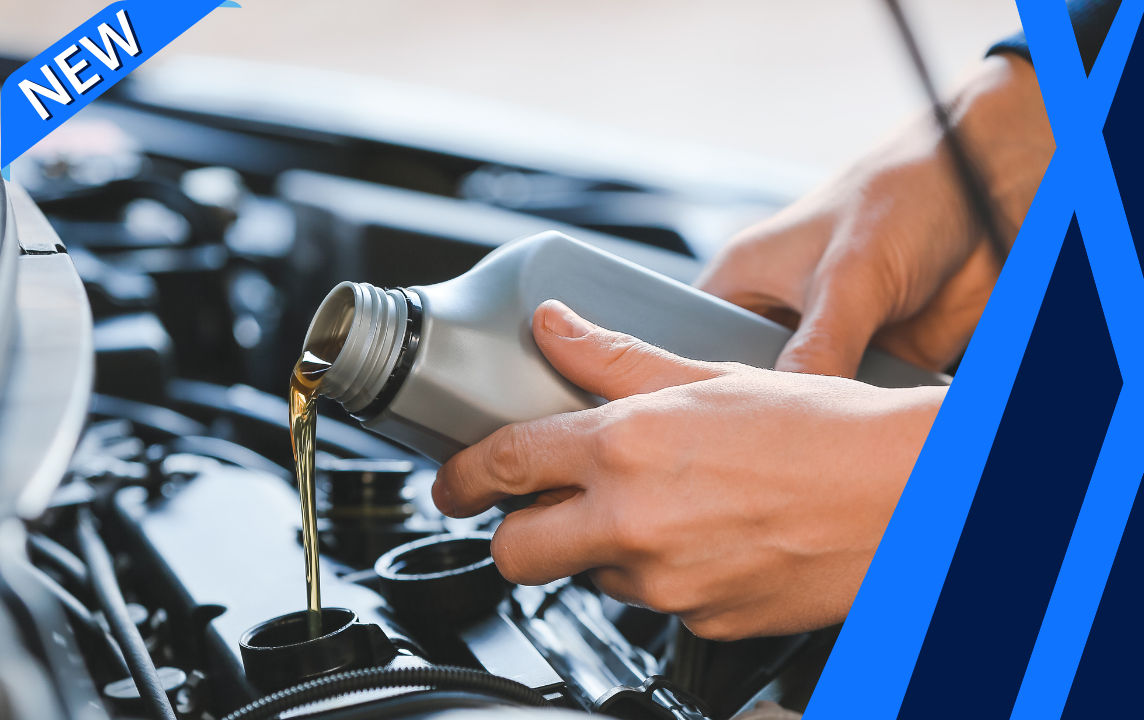Description
Clutch is not fully disengaging Inspection
How this system works:
To put it in a nutshell, clutches work based on friction. When the clutch pedal is pressed, either a cable or a piston (depending on the type of clutch is installed in your vehicle) will push the release fork. This causes the throw out bearing to press against the diaphragm spring.
The centre of the spring is pushed in, which engages a series of pins. These pull the pressure plate away from the clutch disc and separate the clutch from the engine flywheel. When you take your foot off the pedal, the reverse happens, and the clutch is engaged.
Clutch components are subject to a significant amount of wear and tear (because they work on friction – this is normal). The most common problem here is the disc wearing. The material is a lot like what you’ll find on your brake pads, and the operating concept is also very similar. Of course, that creates slippage, which isn’t the problem here. Failure to disengage is called “sticking”, and there are several potential causes.
Common reasons for this to happen:
- Stretched/Broken Clutch Cable: If the clutch cable is broken or stretched, then the clutch will stick (not disengage). You’ll notice the sticking becoming more and more common as the cable continues to stretch.
- Leaking Hydraulic System: If you have a hydraulic clutch, it’s possible that either the slave or master cylinder (or both) is leaking. This means that insufficient hydraulic pressure is built up for the clutch system to operate correctly.
- Misadjusted Linkage: The linkage connects the clutch pedal to the transmission. If it’s incorrectly adjusted, the clutch may not disengage properly.
- Incompatible Aftermarket Parts: If you’ve recently had clutch work done, it’s possible that aftermarket components were installed in your car. Not all aftermarket parts will work correctly with your clutch, and this can cause it to not fully disengage.
What to expect:
A top-rated mobile mechanic will come to your home or office to inspect the entire clutch system and determine the source and cause of the problem. The mechanic will then provide a detailed inspection report that includes the scope and cost of the necessary repairs.
How it’s done:
The mechanic will need to inspect the clutch, as well as the cable or hydraulic system. Both a visual inspection and a test drive may be required. Once the underlying cause has been determined, the mechanic will recommend the next step.
How important is this service?
If your clutch is not fully disengaging, it means that the flywheel and clutch disc are not fully separating. This causes additional wear not only on the clutch material, but on other components in the system (including the input shaft).
The best defense against transmission problems is to ensure that you work with a reputable mechanic for general maintenance who can inspect and troubleshoot problems as they arise. It’s also important to ensure that any aftermarket clutch components installed are fully compatible with your vehicle. If you’re experiencing problems with the clutch not fully disengaging, one of our professional mechanics can inspect and repair the problem.




